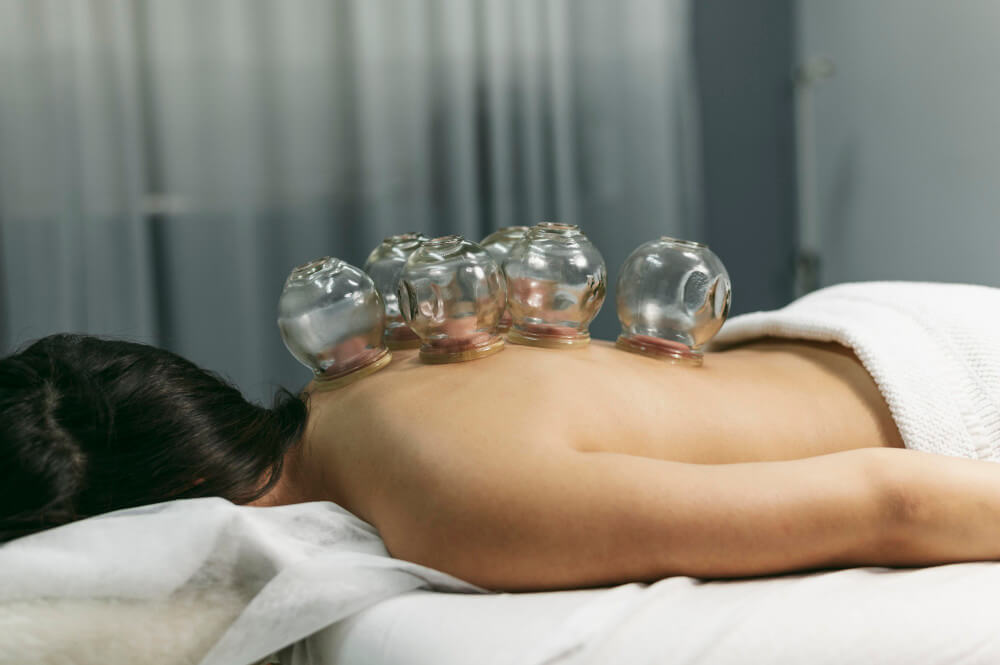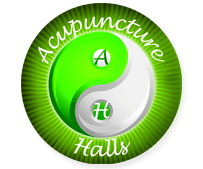
Photo credit to freepik.com
Chronic pain is a pervasive and debilitating condition that affects millions of individuals worldwide. While conventional medical treatments often provide relief, some individuals seek alternative therapies that address the root causes of pain and offer a holistic approach to healing. Among these alternatives, acupuncture and cupping have emerged as potent and time-honored techniques that hold promise in alleviating chronic pain. This article delves into the principles, benefits, and efficacy of acupuncture and cupping as alternative treatments for chronic pain.
Understanding Chronic Pain
Chronic pain is characterized by persistent discomfort that lasts for weeks, months, or even years. It can stem from various underlying conditions, including musculoskeletal disorders, nerve damage, autoimmune diseases, and injuries. Managing chronic pain is not just about relieving the symptoms; it’s about addressing the physical, emotional, and psychological aspects that contribute to the experience of pain.
The Essence of Acupuncture and Cupping
Acupuncture and cupping are ancient practices rooted in traditional Chinese medicine. These modalities are based on the concept of energy flow, or “qi” (pronounced “chee”), within the body’s meridians. When qi is disrupted or blocked, it can result in pain and illness. Acupuncture involves the insertion of fine needles into specific points along the body’s meridians to restore the flow of qi and balance the body’s energy.
Cupping, on the other hand, involves placing cups on the skin and creating a vacuum effect to draw blood to the surface. This technique is believed to stimulate circulation, reduce muscle tension, and promote the body’s natural healing processes.
The Synergy of Acupuncture and Cupping for Chronic Pain
Acupuncture and cupping can be used independently or in combination to target chronic pain:
Acupuncture:
- Pain Modulation: Acupuncture is thought to stimulate the nervous system, releasing endorphins and promoting relaxation. This can result in pain relief by altering pain perception and reducing inflammation.
- Nerve Stimulation: The insertion of acupuncture needles at specific points can stimulate nerve pathways, interrupting pain signals and promoting the body’s ability to heal.
- Muscle Relaxation: By promoting relaxation and reducing muscle tension, acupuncture can provide relief for musculoskeletal pain, such as back pain or neck pain.
Cupping:
- Improved Blood Flow: Cupping’s suction effect draws blood to the surface, enhancing circulation and oxygenation of tissues. This can promote healing and alleviate pain in localized areas.
- Release of Toxins: Cupping is believed to help remove toxins and metabolic waste from the body, which can contribute to pain and discomfort.
- Myofascial Release: Cupping can target tight fascia and muscle knots, releasing tension and promoting better range of motion.
Scientific Evidence and Clinical Benefits
Research on the efficacy of acupuncture and cupping for chronic pain is growing, and numerous studies suggest positive outcomes:
- A systematic review published in the Journal of Pain Research in 2019 found that acupuncture is effective in reducing pain intensity and improving function in individuals with chronic low back pain.
- A study published in the Journal of Alternative and Complementary Medicine in 2015 concluded that acupuncture is a promising option for managing chronic pain conditions, such as osteoarthritis, fibromyalgia, and migraines.
- Research published in the Journal of Traditional Chinese Medical Sciences in 2016 suggested that cupping therapy can effectively reduce pain intensity and improve physical function in patients with chronic neck pain.
Holistic Approach to Healing
What sets acupuncture and cupping apart as alternative treatments for chronic pain is their holistic approach. These practices not only address the physical symptoms but also consider the emotional and psychological factors that contribute to pain perception. The relaxation and stress reduction induced by these therapies can enhance overall well-being, contributing to a more comprehensive healing experience.
Seeking Professional Guidance
For individuals considering acupuncture and cupping as alternatives for chronic pain management, it’s important to consult with trained and qualified practitioners. Registered acupuncturists and licensed therapists can provide personalized treatment plans tailored to individual needs and conditions.
Conclusion
Chronic pain is a complex and multifaceted condition that requires a multidimensional approach to healing. Acupuncture and cupping, deeply rooted in ancient wisdom, offer individuals an alternative path to pain relief that extends beyond mere symptom management. By harnessing the body’s innate ability to heal, these therapies promote balance, stimulate natural healing processes, and foster overall well-being. As the synergy of tradition and science converges, acupuncture and cupping stand as powerful allies in the quest for relief from chronic pain and the restoration of a higher quality of life.
Visit the Acupuncture Halls clinic in San Juan Capistrano, California, if you’re interested in acupuncture and cupping for chronic pain. At the clinic, you can seek advice from a licensed and registered acupuncturist for assistance with your medical problems. For an appointment, fill out this form or call 949-510-6333.
